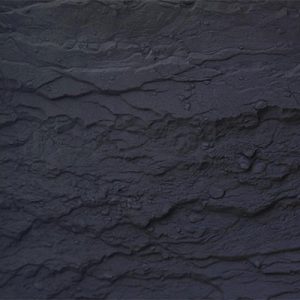Stannous Oxide
Specifications
| Item | Index |
| Appearance | Blue-black crystalline powder with metallic luster |
| Density | 5.9—6.4g/cm3 |
Packing& Storage
| Packing | In 25kg barrel | |||||||
| Storage | 20℃, 2 years. | |||||||
| Shipping | Room temperature in China; may vary elsewhere | |||||||
General Information
1.1 Chemical & Physical Properties
| Common Names | Stannous Oxide | ||||||
| Structure |  |
||||||
| CAS No. | 21651-19-4 | Boiling Point (℃) | N/A | ||||
| Molecular Weight | 134.70000 | Melting Point (℃) | 1080ºC | ||||
| Appearance | Dark brown or black powder | Vapor Specific Gravity | N/A | ||||
| HS Code | 2825909000 | Flash Point (℃) | N/A | ||||
| Solubility | Insoluble in water and alkali, soluble in acid and produces stannous salts | Autoignition Temperature (℃) | N/A | ||||
1.2 Safety Information
| Safety Phrases | 24/25 | |
| RIDADR | NONH for all modes of transport | |
| WGK Germany | 3 | |
| Packaging Group | N/A | |
| Hazard Class | N/A | |
| SYMPTOMS | PREVENTION | FIRST AID | |
| Inhalation | Cough. Sore throat. | Use local exhaust or breathing protection. | Fresh air, rest. |
| Skin | Redness. Burning sensation. Itching. | Protective gloves. | Remove contaminated clothes. Rinse and then wash skin with water and soap. |
| Eyes | Redness. Pain. | Wear safety goggles. | First rinse with plenty of water for several minutes (remove contact lenses if easily possible), then refer for medical attention. |
| Ingestion | Abdominal pain. Nausea. Vomiting. | Do not eat, drink, or smoke during work. Wash hands before eating. | Rinse mouth. Induce vomiting (ONLY IN CONSCIOUS PERSONS!). Refer for medical attention . |
1.3 Synthetic Route
Stannous chloride dihydrate is dissolved with as little hot concentrated hydrochloric acid as possible. Slowly add sodium carbonate aqueous solution under stirring, because CO2 gas is produced, you must pay attention to the addition rate, and stop adding when the mixture is alkaline with phenolphthalein test. Heating 2~3h colorless hydrated oxide is quantitatively transformed into blue-black SnO with metallic luster. The product is washed several times with water and dried at 110 °C. The yield is about 80%.
